Coupons
It is well known that noise is a serious threat to our health, with the effects of long-term exposure to noise an increasingly acute public health problem. It is estimated that half of Europe's population live in a noisy environment and more than a third are bothered by high sound levels during activity and sleep. The existence of noise prevents us from achieving the comfort we want, even if other factors - light, warmth, design, color - are at the right level. Acoustic comfort means being free from unwanted noise, being able to carry out noisy activities without disturbing others, and hearing sounds at an acceptable level. In acoustically balanced environments we are more productive, happier and have fewer health problems. The Saint-Gobain Group, a world leader in housing and building materials, has developed a range of products and systems that make it possible to achieve acoustic comfort without any investment and effort.
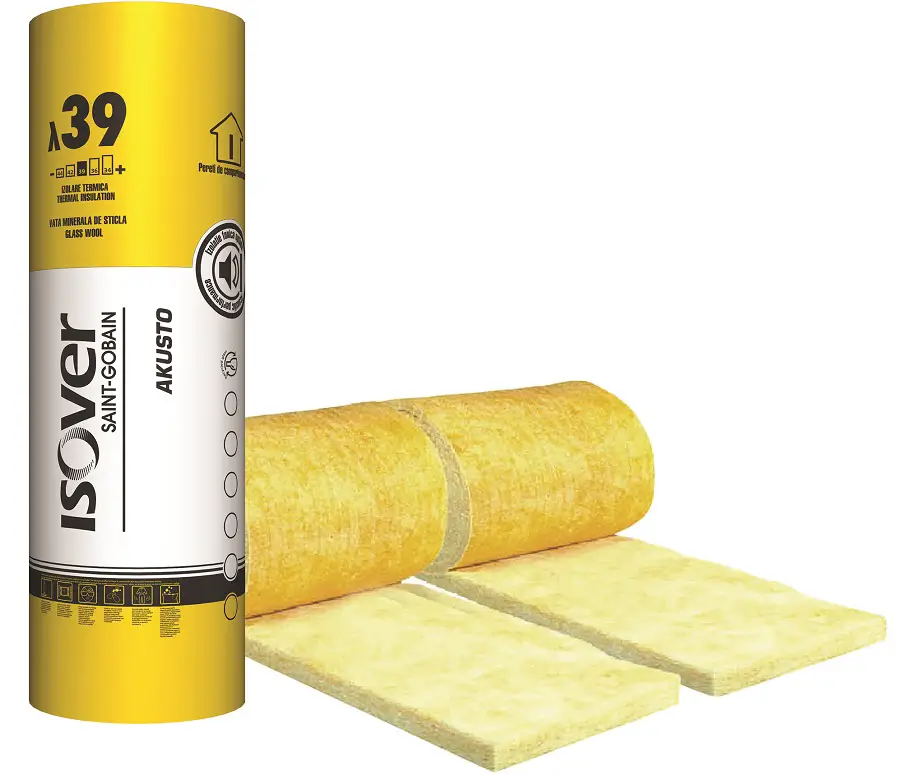
How the acoustic performance of partition walls can be improved
Partition walls, both those in the apartment and those shared with neighboring apartments, are often too thin or so constructed that they cannot attenuate the level of sound transmitted from one space to another. We end up both hearing what's being discussed in a neighboring room, and the next-door neighbor's domestic activities at the wrong time disturbing our sleep.
There are, however, constructive solutions that prevent or reduce the airborne transmission of noise. Double-panelled partition walls with plasterboard panels mounted on a metal structure and incorporating mineral wool insulation in the cavity are an effective solution, achieved with an acceptable investment, to ensure good sound insulation between rooms. This system works on the principle of meal-resort-mealand is also used for compartmentalization of houses on wooden structure (type timber frame) with prefabricated walls. The system provides the same acoustic performance as a solid monolithic wall, with the added benefit of having a much lighter weight that does not load the structure.
Improved airborne sound insulation is related to both the performance of the cavity filling materialas well as degree of cavity filling.
In the case of the filler material, the most important noise-reducing phenomenon is the internal friction of the particles and depends on the airflow resistivity of the material. It has, however, been established by measurements based on studies in Germany, France and Sweden that the effect of increasing sound insulation by using materials with higher air-flow resistivity (by increasing the density of the material) is limited to 5 kPa s/m². Up to this value of resistivity, the differences between sound insulation materials are very large. The use of materials with a resistivity higher than 5 kPa s/m² has an insignificant influence on the sound insulation compared to the increase in investment.
The degree of mineral wool filling of the space between the two plasterboard panels is the second way to improve the insulation performance of partition walls. Sound waves propagate from one board to the other through the space between the boards. Passing through a porous material results in their attenuation. The interaction between the sound waves and the porous material results in a loss of wave energy which will be converted into heat and thus less sound energy will propagate through the walls. The thicker the insulating material between the slabs, the more energy is converted into heat and therefore the better the sound insulation. The best sound insulation is achieved when the cavity between the layers of boards is completely filled with insulating material. Doubling the thickness of the insulation layer increases the sound insulation performance by an average of 5 dB.
ISOVER Akusto products
ISOVER Akusto range was specially developed for sound and thermal insulation of plasterboard partition walls. The products are made of glass mineral wool and are available as rolled mats. The thermal and sound insulating characteristics derive from the technology used in their production. The technology makes it possible to obtain a homogeneous fiberglass fibrous glass fibers that incorporate a large volume of air between them, which is prevented from circulating freely. By drawing the glass into strands of several microns thick at temperatures of around 900ºC and using special binders, it is possible to obtain a material with very good elasticity, air flow resistivity of more than 5 kPa s/m2 and a thermal conductivity coefficient of 0.039 W/m - K.
ISOVER Akusto products are available in thicknesses of 50, 75 and 100 mm, with a mattress width of 600 mm. The different thicknesses allow choosing the optimal solution for completely filling the space between the tiles, in order to achieve the maximum level of airborne sound insulation in terms of the degree of filling of the interior cavity. Another important characteristic of the Akusto family products is the air flow resistivity. This is higher than the limit value of 5 kPa s/m2, ensuring an optimal insulation contribution in mass-spring-mass structures. The maximum sound energy dissipation is achieved by internal friction, thus minimizing transmitted noise.
In short, the advantages of ISOVER Akusto products are the following:
- Easy installation in cavity walls with metal or wood structure
- Elastic and compressible mattresses
- Unlimited resistance over time in the vertical position - as long as the lifetime of the building
- Durability and stability of properties over time
- Easy to cut and fit, non-toxic
- Low resistance to water vapor transmission
- Not liked by insects, rodents or pests
Construction solution for partition walls
The construction solution presented below has been developed to provide airborne sound insulation for residential spaces. It consists of ISOVER Akusto 100 mm ISOVER Akusto mattresses and Rigips® RB 12.5 mm Rigips® RB 12.5 mm plasterboard panels on a 60x100 cm framing structure. The result obtained in the laboratory acoustic test for the airborne sound insulation index Rw was 54 dB , a result that satisfies the most stringent European acoustic requirements for functional units in individual dwellings - between a living room or bathroom and other rooms in the apartment, rooms in adjacent apartments, corridors, common hallways, stairwells, stairwells, similar spaces.
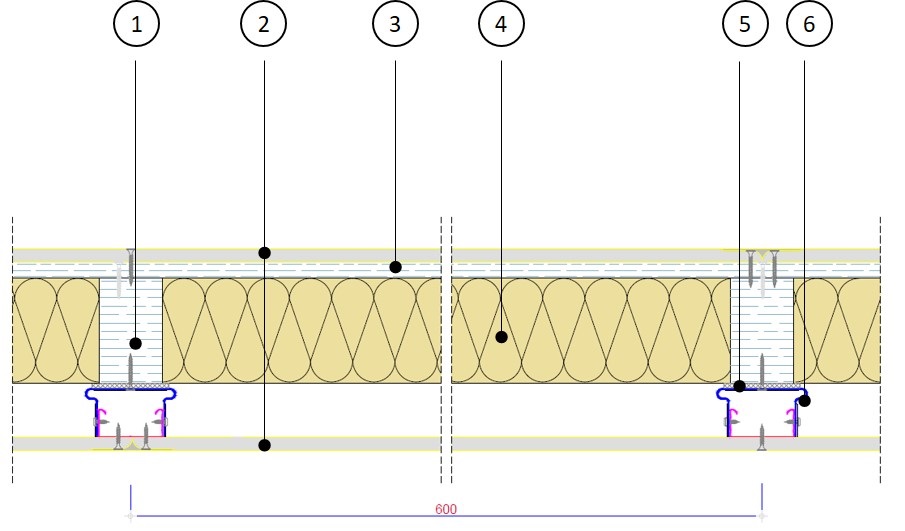
Pictured is the horizontal section through the sample, and the numbers represent:
- Wood 60×100 mm
- Rigips® RB plasterboard (mounted with self-tapping screws for Rigips® plasterboard)
- OSB type 3, 15mm
- Glass mineral wool ISOVER Akusto 10cm
- Rigips® sealing tape
- Metal structure: guide rail: Rigiprofil® UD 28, Upright: Rigiprofil® CD 60, Rigips® CD 60 adjustable flange fixing 3-6 cm
Rw, the airborne sound insulation value, is the most important characteristic of partition walls and is measured in decibels dB. Its value is always given for the whole system (whole wall) and not for individual products (glass wool, plasterboard).

























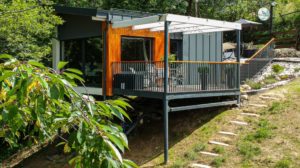


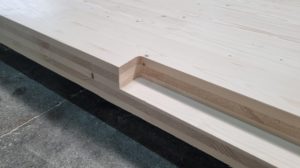
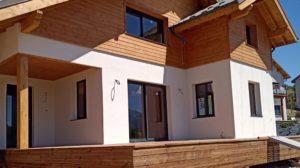




Add comment